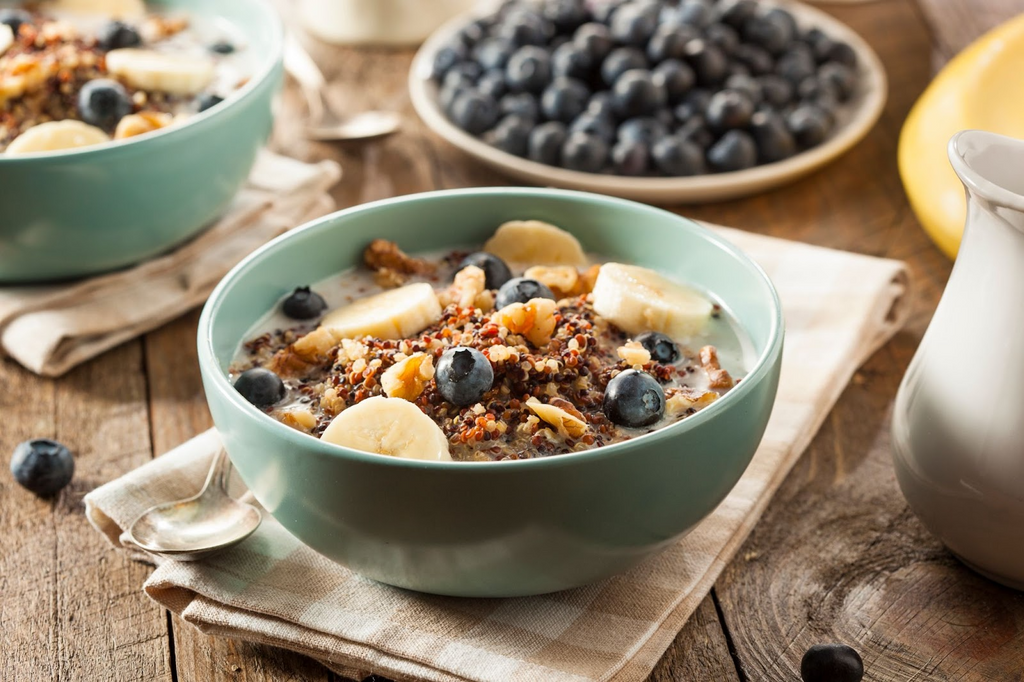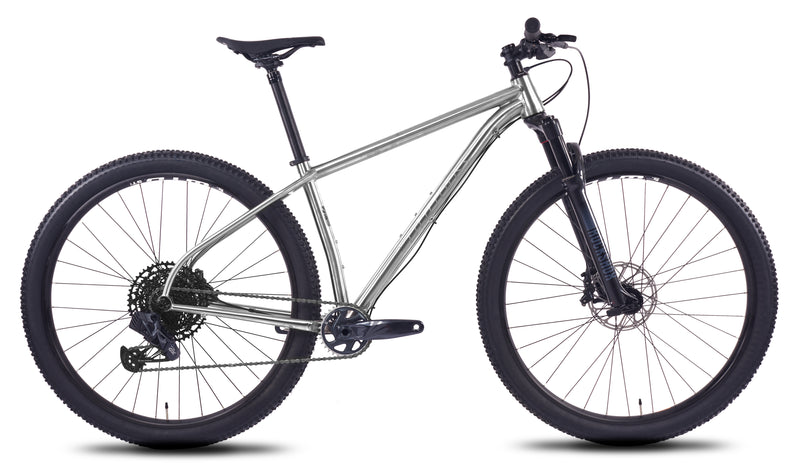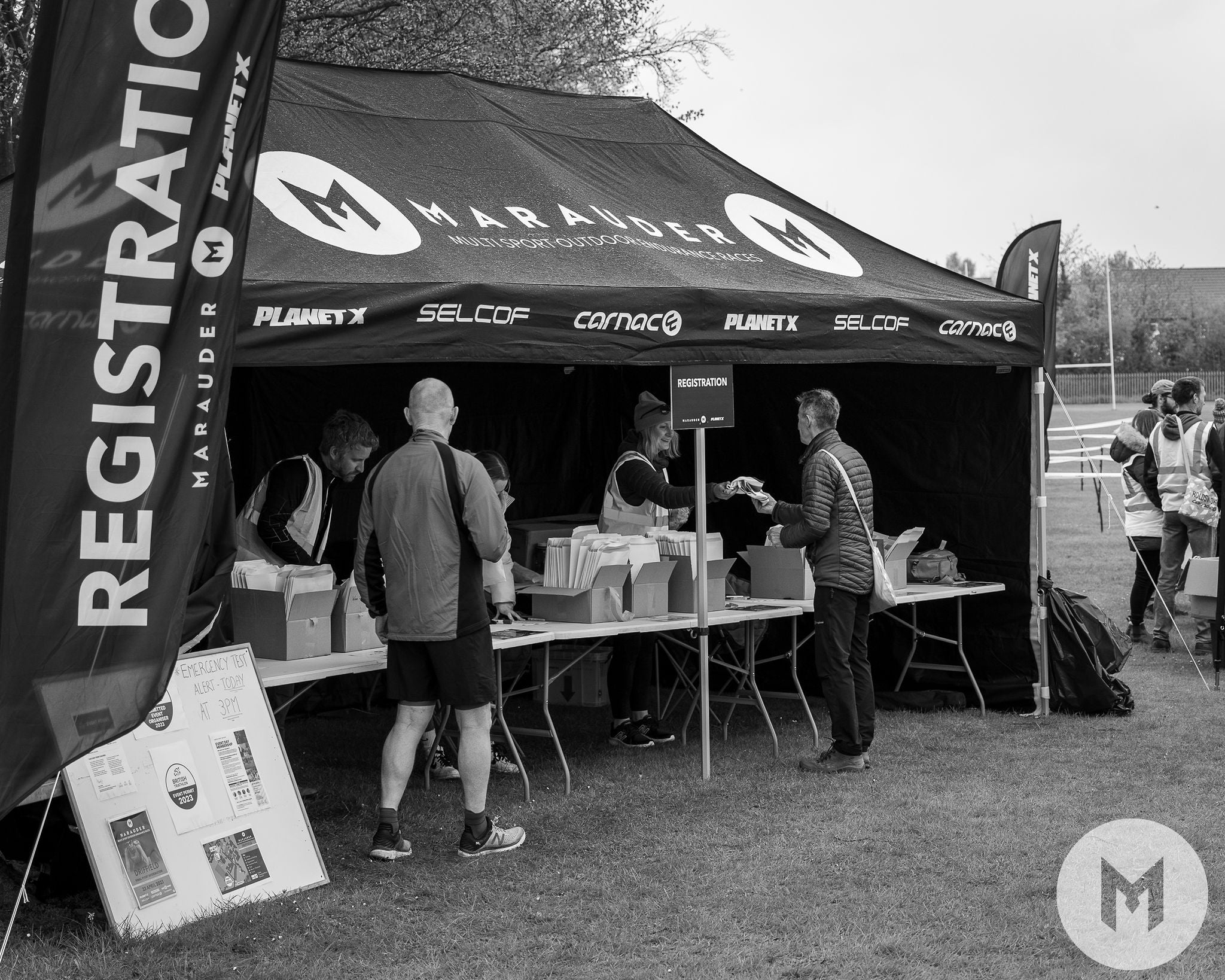What to eat before cycling
11 May 2023

When you’re gearing up for a training ride or sportive, you need to fuel your body properly. This means knowing what and when to eat. Although every rider is different, and there will inevitably be some trial and error involved in nailing your meals and mealtimes, there are general pointers that it pays to be aware of.
Can you cycle after eating?
Getting straight on your bike after a big meal is a mistake. You’ll need to give your body enough time to begin digesting your food before you start training or racing. Typically, it’s best to allow between two and four hours after a big meal before you climb into the saddle, while for a smaller meal or snack, this time can be reduced to as little as 30 minutes - depending on what the food is and how your body reacts to it.
You have to be very careful when it comes to what you eat shortly before a ride too. More on this later.
What should you eat before cycling?
Carbohydrates are undoubtedly king when it comes to getting your body ready for a ride. These macronutrients are broken down into glycogen, which is your body’s main source of energy. We are only able to store relatively small amounts of carbohydrate, which is why it’s essential to keep your levels topped up before rides.
With this in mind, make sure you include plenty of complex carbs in your meals leading up to a big ride. These foods, which include things like wholegrain pasta, brown rice, wholegrain bread, oats, beans, sweet potato and broccoli, provide a slower-release, more long-term energy source than simple carbs such as white rice and bread made from white flour.
Balance is key when you’re planning meals. So as well as carbs, your meals should be rich in protein to support muscle repair. In the lead-up to a training session or race, you might want to avoid red meats that are harder to digest and opt for lighter proteins such as fish or chicken instead. Other great sources of protein include eggs, pulses and nuts. Make sure you include polyunsaturated fats, such as olive oil and avocados, in your diet too. This will help to minimise muscle damage. And of course, plenty of vitamins and minerals are a must, so don’t stint on fruit and veg.
The day before a big race or training session, you’ll want to have a highly nutritious evening meal with plenty of complex carbs. Depending on the time of the event and your personal preferences, you might also want to start the day of the ride with a high-carb breakfast such as a bowl of porridge or quinoa. Other good breakfast options can include banana bread, low-fat muffins and brown toast. But if you prefer not to eat before you get into the saddle, consider upping your carb portion the night before instead.
In the two to four hours before your ride, steer clear of foods that may be hard to digest or make you feel uncomfortable in the saddle, such as meals or snacks that are very spicy, excessively fatty or high in fibre.
For rides lasting more than an hour, you should plan what to eat while cycling too. Focus on simple carbs with a high glycaemic index (GI), meaning they release energy quickly. This could include energy gels or bars, bananas or jelly sweets. You should aim to consume around 30-60 grams of high GI carbs per hour, depending on how intense the ride is.
Crucially, when you’re choosing foods to eat before or during a ride, stick to things you’re used to. If you want to introduce new items, do so at least a week or two before a big training session or sportive, in case your body reacts badly to them.
Top tip! If you’re travelling far for a race or training session, plan your food ahead of time and don’t rely on service stations. Be sure to pack healthy meals and snacks, such as wholemeal sandwiches, unsalted nuts and fruit.
What to drink before cycling
You lose a lot of water on a demanding ride, so it’s important to get your fluid intake just right. Make sure you’re optimally hydrated in the 24 hours leading up to the event. This means you will avoid having to play catchup shortly before your session, which can leave you feeling bloated and needing more toilet stops.
In terms of the best options for hydrating, you can simply opt for water, but many cyclists prefer isotonic sports drinks. They contain electrolytes such as sodium and potassium, which are crucial for various bodily processes and which are lost as you sweat. If you just drink water and don’t replenish your electrolyte levels, you can dilute the balance of fluids in your body. Eventually, this can make you feel nauseous and bloated, and in extreme cases, it can even be fatal.
Sipping on around 500ml of isotonic sports drinks or water in the lead up to your ride will help to ensure you start off with a good level of hydration. Avoid having too much caffeine before cycling as this is a diuretic and can dehydrate you if you have a lot.
In terms of drinking during your ride, you should be taking on around 500ml to 1,000ml of fluid per hour, depending on the conditions and your build. Avoid drinking too much water, and use sports drinks to replenish lost electrolytes. If you tend to forget to top up your fluids, try setting an alarm to go off at regular intervals to remind you.
Every cyclist is different when it comes to the best food and drink combinations before and during rides. The only way to know for sure what works for you is to test out various approaches.











